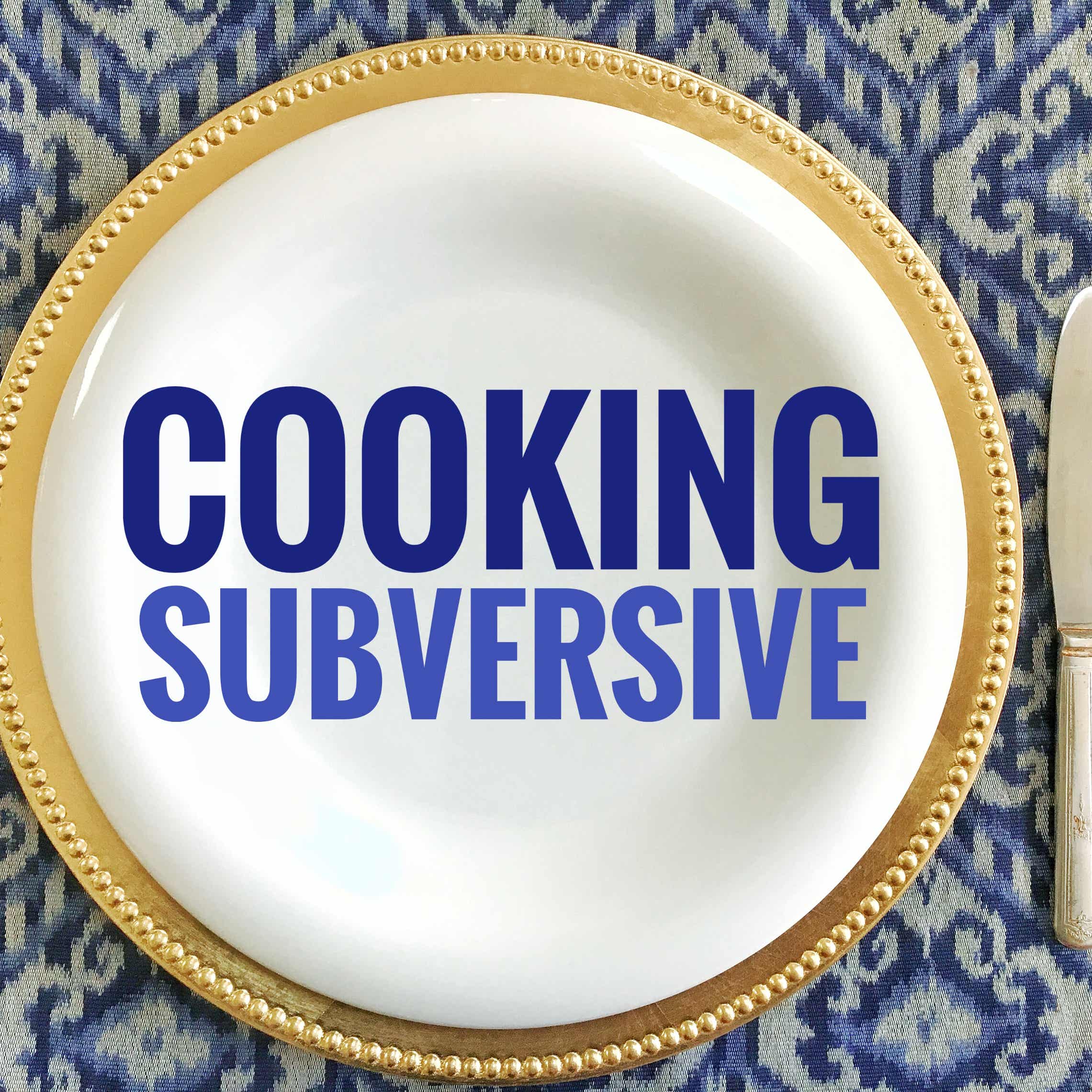“I’ll Have The Poison on the Side Please.” Chemicals in our Food (part 2)
Description
#GeekingOutSeries/Safety101/ChemicalsinFood/2
This post is part of the Geeking Out series which presents data-driven information on food and farming, safety in the kitchen, practical science for cooks, cooking techniques and processes and other relevant nerdy stuff that every cook should know. For the next few weeks, we will be covering topics from the chapter, Safety 101. This is the second of a four part series.
In part 1 of “I’ll Have The Poison on the Side Please,” we gave an overview on how and why American agriculture had devolved into a monoculture landscape of chemical fertilizers, herbicides and pesticides. We continue the discussion by introducing a poison used not only in commercial farms, but in home gardens.
Have you wondered why “gluten-free” is all the rage these days? In North America and Europe, an estimated 5% are either diagnosed with Celiac disease or are gluten-intolerant. Symptoms include “nausea, diarrhea, skin rashes, macrocytic anemia and depression,” and is “associated with numerous nutritional deficiencies as well as reproductive issues and increased risk to thyroid disease, kidney failure and cancer,” according to a study published by the US National Library of Medicine. Guess what it’s largely attributed to? Glyphosate, the active ingredient in a product we all know: Roundup.
Roundup, manufactured by Monsanto and recently acquired by Bayer, is the largest selling herbicide in the world. Many home gardeners use it to kill weeds unaware that its main ingredient, glyphosate, has been linked to cancer, specifically non-Hodgkin lymphoma, currently the subject of several lawsuits.
But that’s not all. A team of French scientists from the University of Caen found that an inert ingredient in Roundup, specifically polyethoxylated tallowamine, or POEA was “more deadly to human embryonic, placental and umbilical cord cells than the herbicide itself,” according to an article published by the Scientific American. They concluded that the formulation itself-- the combination of various ingredients in Roundup, “could cause cell damage and even death [at the] residual levels.”
In the US, many farm products have an inordinately high amount of Roundup. According to an article published by the Environmental Working Group:
“Most glyphosate is sprayed on “Roundup ready” corn and soybeans genetically engineered to withstand the herbicide. Increasingly, glyphosate is also sprayed just before harvest on wheat, barley, oats and beans that are not genetically engineered. Glyphosate kills the crop, drying it out so it can be harvested sooner than if the plant were allowed to die naturally.”
The use of Roundup as a pre-harvest dessicant increases the chances of residuals, making wheat, barley, oats and beans particularly noxious. Fortunately, there is some good news.
At the end of 2019, Kellogg’s, the ubiquitous cereals manufacturer, made a commitment to phase out oats and wheat treated with glyphosate by 2025. Second only to General Mills, Kellogg’s holds enormous sway over farms and suppliers and one can only hope that this will have a positive ripple effect across the industry. Even if a disingenuous marketing move (would you serve your child a bowl of poisoned cereal when you have an option that isn’t?), it is still a step in the right direction. However, it does beg the question of how many children and adults were and are still being slowly poisoned by common food items containing glyphosate?
In tests commissioned by several groups including the Environmental Working Group, Canadian Food Inspection Agency, Friends of the Earth and even the FDA, glyphosate was detected in most wheat-based products such as pizza, crackers, pasta and cereals. So yes, your typical American commercial food is pretty toxic and we’re all getting slowly poisoned every day.
Herbicides with glyphosate, are already banned or restricted in many p
More Episodes
#GeekingOutSeries/Safety101/ChemicalsinFood/4
This post is part of the Geeking Out series which presents data-driven information on food and farming, safety in the kitchen, practical science for cooks, cooking techniques and processes and other relevant nerdy stuff that every cook should know. ...
Published 02/11/22
Published 02/11/22
#GeekingOutSeries/Safety101/ChemicalsinFood/3
This post is part of the Geeking Out series which presents data-driven information on food and farming, safety in the kitchen, practical science for cooks, cooking techniques and processes and other relevant nerdy stuff that every cook should know. ...
Published 02/04/22


